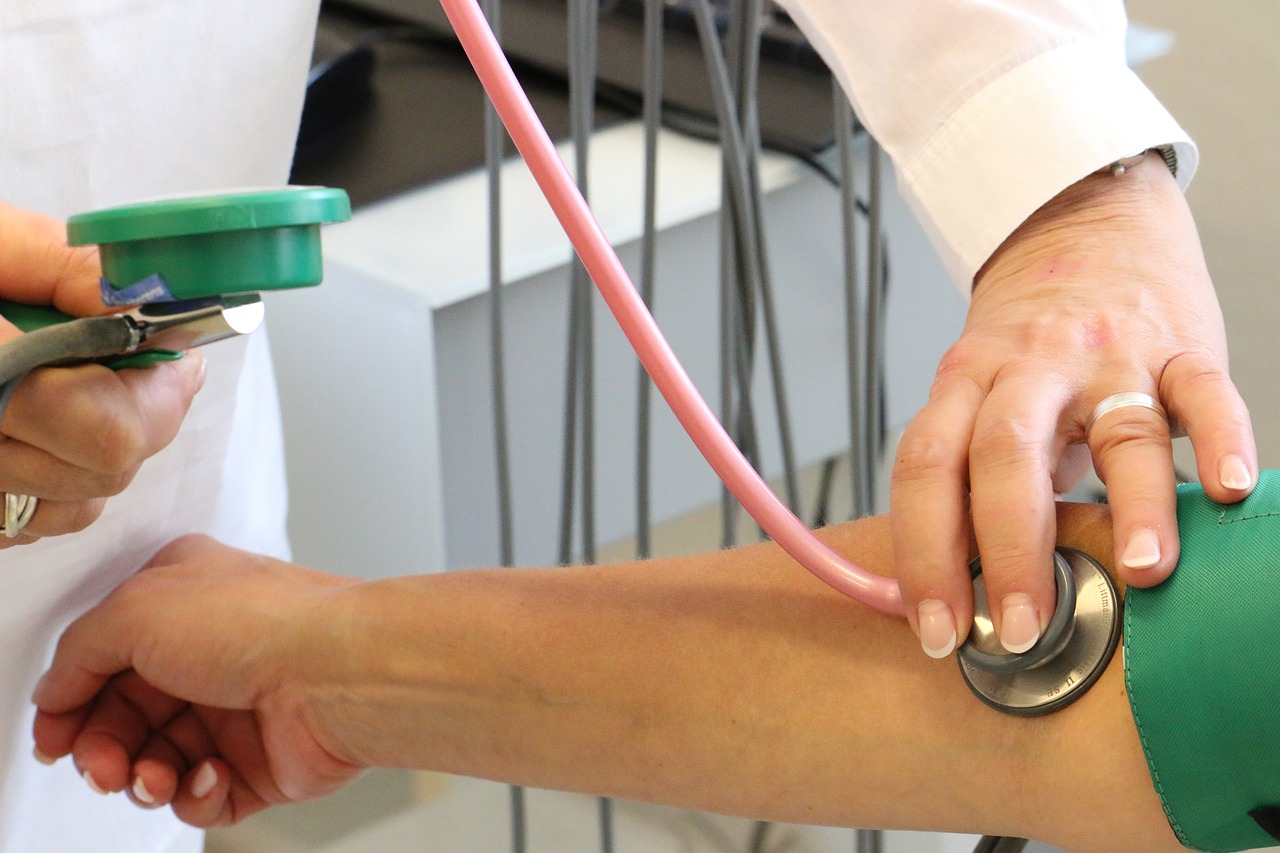Cardiopulmonary Physical Therapy helps people who have had heart surgery to recover their strength and stamina. It can also be used to help patients with chronic conditions such as asthma or coronary artery disease. Cardiopulmonary PT is not the same thing as cardiac rehab—cardiac rehab focuses on lifestyle changes in order to prevent future problems while cardiopulmonary physical therapy is more focused on addressing current health issues. This blog post will provide you with some insight into what it’s like to work with a cardiopulmonary physical therapist.
How to Find A Cardiopulmonary PT
The best way to find a cardiopulmonary physical therapist is to ask your doctor for a referral. You can also search online directories for cardiopulmonary physical therapy or contact professional organizations such as the American Physical Therapy Association (APTA). When searching for one, it’s important to find someone that has a history of successful treatment and good reviews.
What to Expect in Your First Session
Cardiopulmonary PT involves working with a team of doctors, nurses, dieticians, and potentially pharmacists, social workers, and psychiatrists. You’ll need to consult with these professionals on your condition before moving forward with your specific treatment. On the first visit, they will assess your situation, you will go through all of the specifics of your treatment and you will receive an outline with goals for it. You will also receive education about your condition as well as the expected benefits and potential drawbacks of the physical therapy process. They may or may not prescribe exercises to begin doing at home depending on how early in recovery you are and how serious your condition is.
What to Expect in Following Sessions
You may begin working with your therapist to help you regain your mobility through basic exercises that are tailored to your heart and lungs. If you had a serious injury or surgery, your therapist may begin working with you from the ICU until you no longer require that level of help. If you are not in the hospital when you begin PT, you can expect to begin working on more intensive exercises with your physical therapist much sooner. In both cases, you will be consistently followed and tracked for progress.
What to Expect After Your PT Sessions Are Done
You can expect that your therapist will continue to monitor you for about six months after the sessions are done. If necessary, they may also recommend cardiac rehab or other forms of physical therapy in order to maintain the current level of health and decrease risk factors for future problems.
How Long Does Cardiopulmonary PT Last?
The length of time that you will have to work with a cardiopulmonary physical therapist depends on the severity of your condition. For patients who are recovering from surgery, it can last anywhere from two weeks to several months. For patients who have chronic conditions, physical therapy can last from a few weeks to several months. This can be even longer if they also require cardiac rehab in order to maintain their current level of health and prevent future problems with their heart and lungs. After you’ve completed your sessions, it’s important that you continue working on staying healthy through exercise and diet as well as monitoring your health on a regular basis.
If you are looking for a cardiopulmonary physical therapist, be sure to ask your doctor for a referral. Cardiopulmonary PT can help you regain your mobility and strength after surgery or if you have a chronic condition such as asthma or coronary artery disease. While there is always the potential for injury, cardiopulmonary physical therapy is the best way to get yourself back to health!
